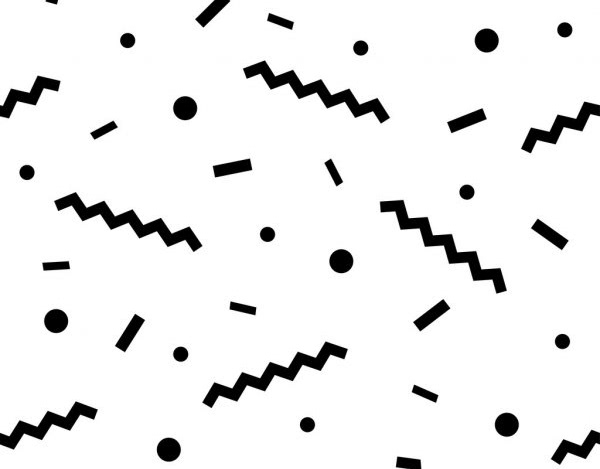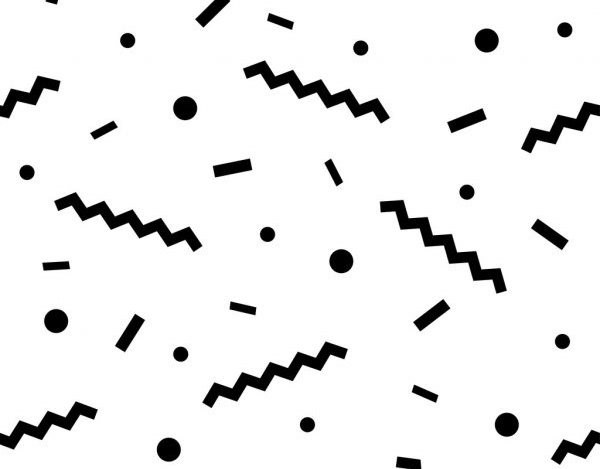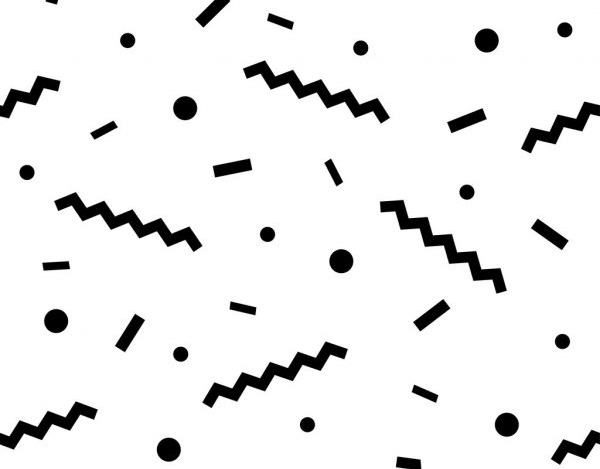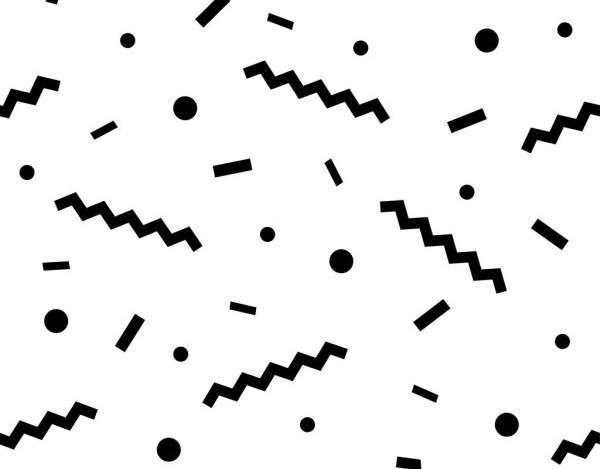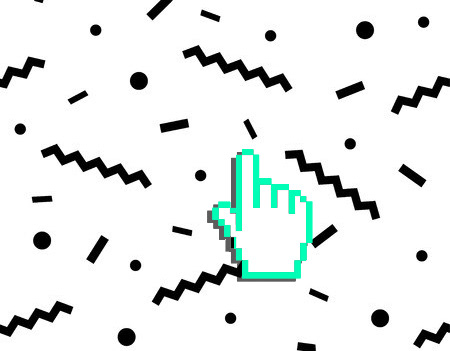INTRODUCTION TO THE SECTION
As well as exploring my personality, the way I learn plays a big role when thinking about my future goals; how can I make the most of this course and further education to learn as much as I can? This section will explore everything to do with the way I learn, from my process to the reason why I learn a certain way.
Recommendations will be made regarding how this needs to change or develop in order to have the smoothest path to my future.
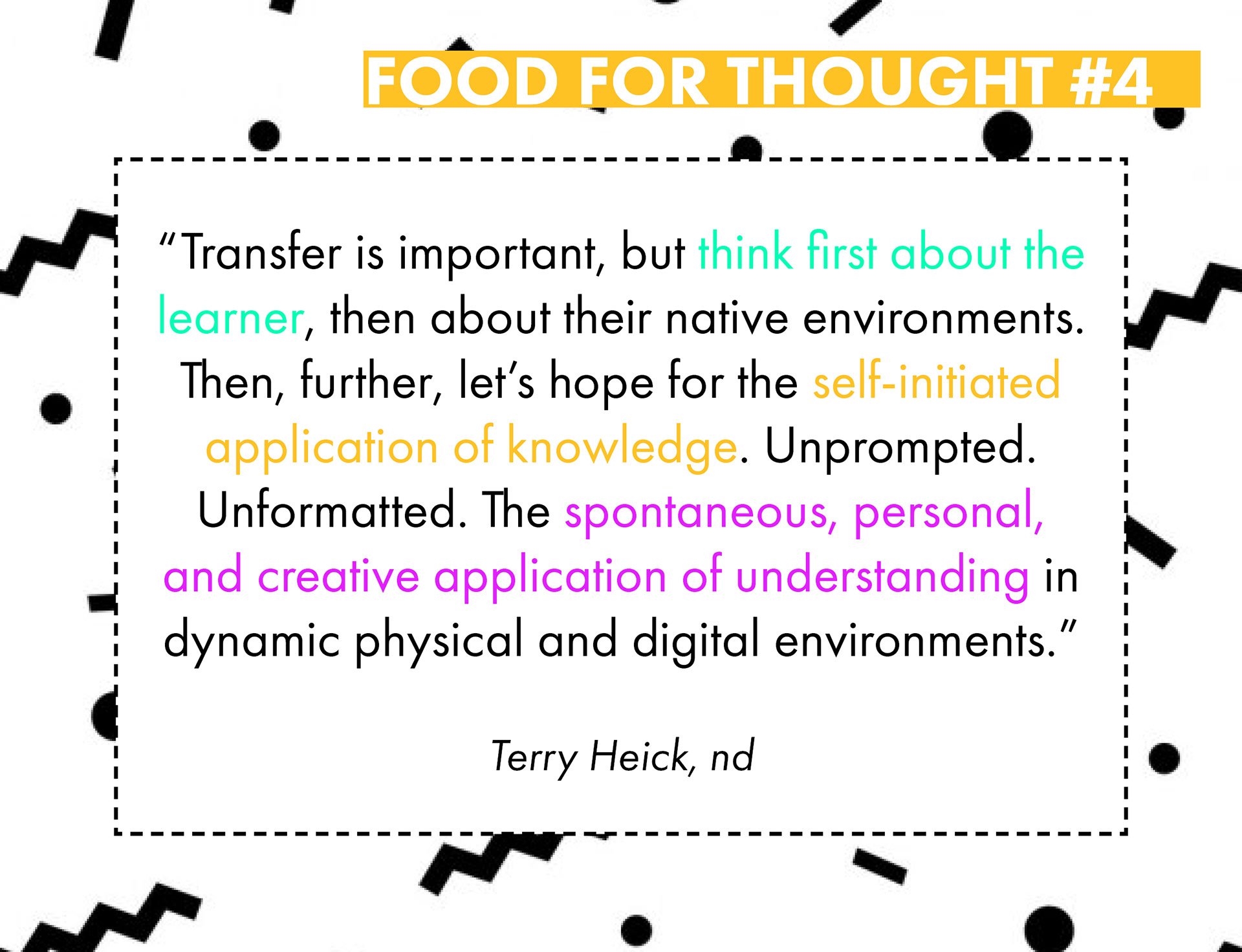

If I am planning to pursue a career in teaching, it is inevitable that I will have to go through more educational practices. For this reason, it was important to analyse my learning style to fully take advantage of the methods that work best for me; to do this, I referred to the VARK Learning Styles (Fleming and Mills, 1992).
The results of my test show that I learn best using both Visual and Read/Write methods. I agree with this outcome mostly; as you can hopefully tell from my presentation style, I am a very visual person and I love to make diagrams and stimulating graphics. I find that this type of learning is really engaging. This is reflected in my personality type, as INFJs are known for preferring symbols and language (Myers-Briggs Foundation, 2020).
On top of a strong graphical sense, I also possess logical thinking which is reflected in my passion for writing as reports click very well with me as an assignment method. However, I did expect kinesthetic to play more of a role in my learning style due to my background as a designer maker during my Product and Furniture degree.
FIGURE 7 - graphical representation of VARK Learning Style adapted from Fleming & Mills, 1992
FIGIRE 8 - Double diamond model adapted from Design Council, 2005.
After reflecting on my VARK learning style, it was important to contextualise using something that explores my actual learning process; I mostly work on design briefs, which involve various learning methods such as secondary research, primary research, sketching, prototyping and also presenting professionally.
The Design Council (2005) highlights the double diamond strategy as a way to visualise design processes, making it extremely relevant to my current and future studies. Using the same layout as the original model, I recreated it based on my personal learning style when encountering a new
project or design brief.
project or design brief.
The original double diamond strategy emphasises a strong disconnect between researching and designing, which is different to the way I usually learn. Therefore, within my updated model, I highlighted my need for continuous development of both research and prototyping throughout the ideation and creation sections. While the original model presents a linear learning method, I find I learn better in a creative environment; as my Johari Window stated, I know myself to be both creative and imaginative which makes a circular design process more effective for me in combination with my VARK visual learning preferences. However, not all projects I will encounter in the future will work in this way, so a recommendation may present itself to ensure I am familiar and comfortable will any way of working.
Linking directly to my research into my needs motivations, I also identified Kolb's learning cycle as a good way to compare results. Kolb (1984) presents two categories of learning, processing and perception. Within these categories, I identified active experimentation and abstract conceptualisation as my main forms of learning.
Reflecting on the Double Diamond and the need for creativity and constant development throughout a project, Active Experimentation suits my hands-on nature and the influences of craft and making within a project, as evidenced by my choice of Bachelors degree. Abstract Conceptualisation links again to both my Johari Window, reflecting creativity, and my VARK Learning Style as I work best with visual discourse techniques.
FIGURE 9 - Uner, I. 2020. Experiential Learning Cycle model adapted from Kolb, 1984
RECOMMENDATIONS
Overall, I don't believe there are many recommendations for my learning style that I can make that will impact my success to reach my future goals. Overall, I am a well-rounded learner as VARK identifies both my visual, creative side and also my academic, written capabilities. However, one aspect of my learning that I do believe can be improved is my sense of preference for free, cyclic design processes, as shown in the Double Diamond. For design based industries, this approach is fine and can work well but in order to be a successful teacher or even a member of a design team, I need to be able to cater for and succeed in other types of projects. One way to do this could be to take advantage of multidisciplinary design competitions to challenge the way I usually learn.

